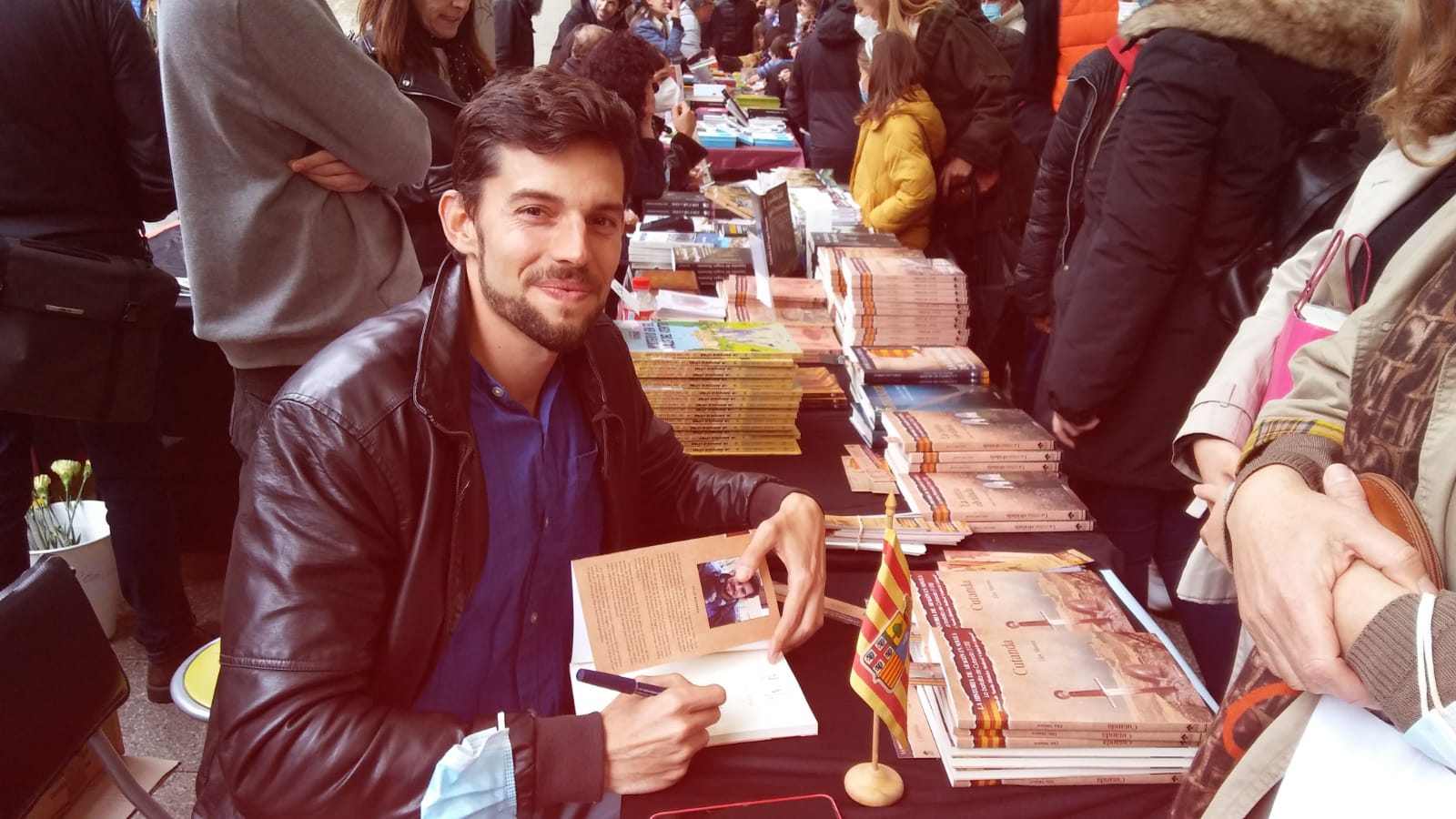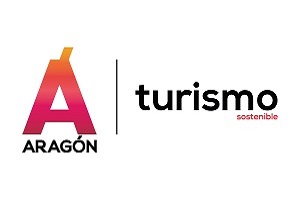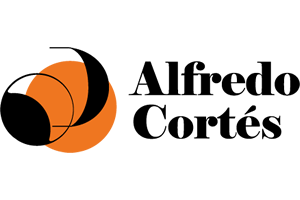As a historian, what is your opinion of the historical novel?
It is a key tool for the didactics of history. The historical novel has the virtue of bringing history closer to everyone, insofar as, through fiction, it makes it easier for us to project ourselves onto people from times other than our own. Sometimes, in textbooks, history seems to be a bunch of facts, dates and data, but history is made by people. And the historical novel puts people back in the spotlight. The historical novel involves the reader in the reconstruction of the past. It adapts history in order to make it understandable and attractive.
Historian, educator, writer, reader, as well as guide and archaeologist… What is the relationship between these areas?
All of them are activities that arise from the study of the societies of the past, but that are aimed at the society of our time. Although it may seem paradoxical, I think that when we don’t know about history we become photocopies of the past. History helps us to discover our identity and the nature of our freedom.
Aragonese history and heritage are very present in your novels.
Aragon is a historical construction. Before the Middle Ages there was the Ebro, the Pyrenees and the mountains of Teruel, but there was no Aragon. If we want to maintain it, we must know and value its history: it is its essence.
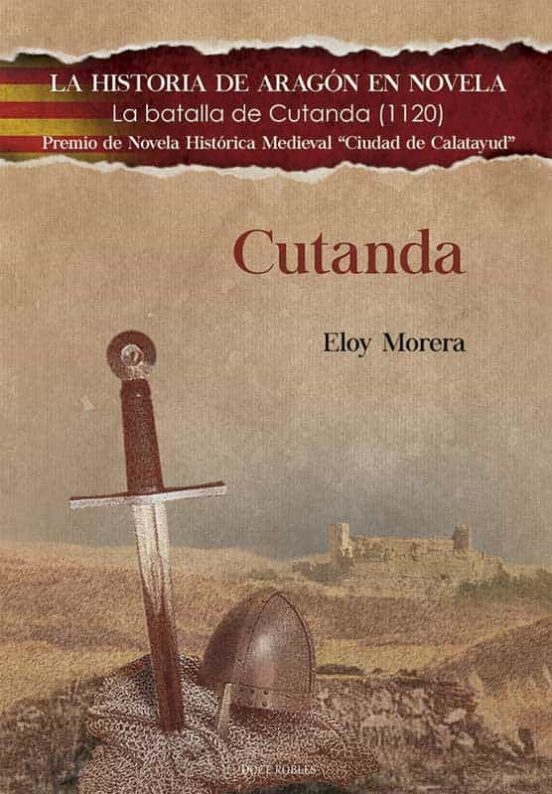
With the novel Cutanda, you have won the First Prize of Historical Novel City of Calatayud… In this novel you also rescue an important episode of our history.
Cutanda was the great battle of our history. We all know the Navas de Tolosa or Covadonga, which meant little to the future of Aragon. In Cutanda, Alfonso I consolidated the conquest of Zaragoza and opened the doors of the kingdom of Aragon to all the land of Jalón and Jiloca. Calatayud was incorporated a week after the victory. We now commemorate the nine hundredth anniversary of that decisive event, but if then Aragon won the battle of Cutanda, today we have lost it, because we do not know it. That is why we must continue to fight for our past. We must reconquer our history.
But before, with “Júnez y Casta”, your first novel, you already immersed us in the Aragon of Sancho Ramírez. Does it narrate any episode of that transcendental period?
The story of the protagonists is closely intertwined with the beginning of the great military expansion of the kingdom, when Aragon dreams of the flat land of the Ebro Valley. In this sense, the conquest of Ayerbe or the process of Aragonese repopulation during the process of the so-called “Reconquest” appears.
The poetic prologue by Júnez y Casta seems to be influenced by Machado or Bécquer…
Effectively, I was inspired by the legends of the latter and the poem “A un olmo seco” (To a dry elm tree) of the former. Like the spirit of both poets, my text responds to a romantic sensibility, elevating the tower of Obano to the category of a symbol of a distant and outdated era.

Your third novel is “El castillo de Mesones: un camino hacia el interior”, inspired by your experience as a guide in this castle, what will the reader find in it?
It is a call to know our heritage, to visit it, and to discover its mysteries. Nothing is free of mystery and, of course, neither are our impressive castles. Castles are like people: sometimes their exterior is deceiving. Mesones is a paradigm in that sense.
And it is striking that it is written in the form of a diary.
To write a diary you don’t need great titles or great knowledge; just time and sensitivity, which is, in my opinion, what our heritage claims… But also what constitutes us as people. Curiously, sometimes it seems that this is the only thing we don’t have. Of time. Of sensitivity.
You are clearly interested in the Middle Ages, do you think that this period brings something to the readers of our century?
The Middle Ages is the opposite of our time. We are more like a Roman of two thousand years ago than a medieval of only a thousand years ago. That is why it is fascinating to go back to that time. Knowledge arises from contrasts, and looking at the Middle Ages helps us to recognize ourselves in the peculiarity of our time.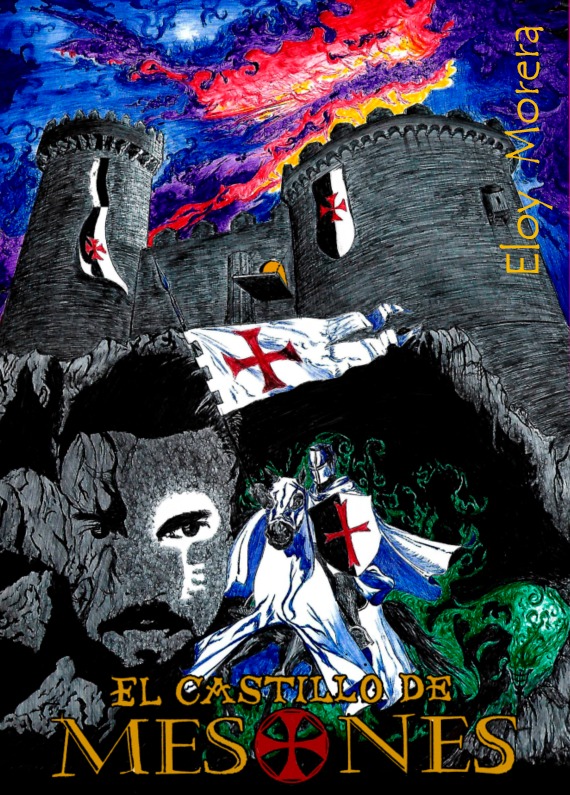
With your last publication you take a step further and dare to make a comic book, in this case also dedicated to the Mesones Castle. How did you make this decision?
I wanted the stones of Mesones Castle to speak. It was necessary to go beyond the brief history that has always been repeated about the fortress. And it was possible, because six hundred years later, its towers and walls are still intact, we just had to give them a voice; we just had to draw them. It was a challenge, of course, but I am a medieval spirit and, like knights-errant, I like a challenge. That’s how the castle comic came about.
The comic is an adaptation of the novel, how much is real and how much is fiction?
That’s for each reader to decide…, in the Castle of Mesones! My work is only the beginning of a path that ends in Mesones itself. Because there is no truth, only the restlessness to reach it. That idea is what moves the protagonist, and really, the real history of the castle remains a mystery…
We will see you at the Zaragoza Book Fair, in the Parque Grande, in the next few days.
That’s right, and it will be wonderful to share this week of meetings and readings with writers, readers, illustrators and publishers.
Eloy, what does your work bring to Aragon?
My vision of History; my passion for the land; some epic to the gallops of King Batallador and some Bic pen shadow to the walls of Mesones. And a war cry: “Aragon, Aragon!




